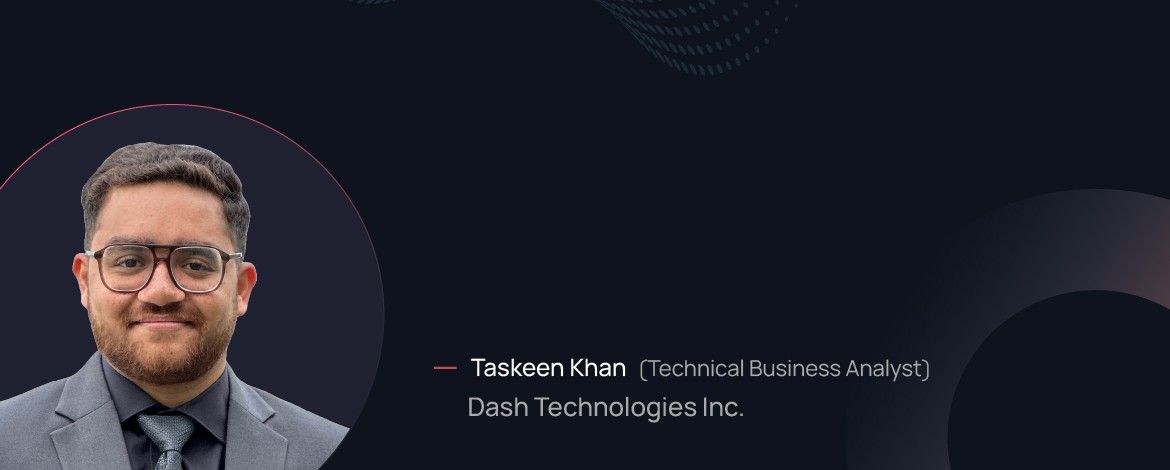


Explore how digital health is redefining care in 2025 with real-time data, AI, and scalable tech driving better patient outcomes and clinical decisions.
In 2025, digital health is not just a component of healthcare—it defines how care is delivered. The era of patient portals and online scheduling as cutting-edge innovation is over. Today, patients, care teams, and administrators expect systems that inform, act, and guide in real time.
In this blog, we will explore how digital health has evolved, the key drivers shaping it today, and how we at Dash Technologies are powering the future of care delivery.
The first digital wave brought healthcare online appointments, lab results, and prescription refills. But real transformation means more than convenience. Today’s solutions must be smart, seamless, and scalable.
Healthcare technology has evolved due to an aging population, rising costs, and access gaps. The U.S. Affordable Care Act has led to more use of tools like electronic health records. These tools help improve care quality and patient outcomes.
According to Grand View Research, the digital health market is experiencing rapid growth. Analysts valued it at $288.55 billion in 2024 and expect it to grow by 22.2% from 2025 to 2030. This growth comes from the increased demand for telehealth, wearable tech, and digital care tools.
Healthcare plans are shifting toward patient-centered designs that prioritize ease of access and experience. By removing traditional barriers like provider network restrictions, these models reduce administrative burdens. This helps simplify care navigation, making the entire journey more straightforward, and improving patient satisfaction.
Virtual-first care and telehealth reduce wait times and infection risks while addressing provider shortages. Patients and providers connect through secure messaging, video calls, and asynchronous tools like chatbots. These technologies make scheduling and communication easier and more flexible.
Rising clinician burnout from documentation overload is a significant challenge that reduces time for direct patient care. Intelligent automation and robotics help with tasks like scheduling, billing, and data entry. This cuts down on labor, boosts productivity, and lets clinicians concentrate on more complex care. It also improves safety and operational efficiency.
Healthcare is moving from fee-for-service to value-based, outcome-driven reimbursement models. These models reward providers for delivering quality care. Measuring clinical outcomes helps providers improve treatments and boost patient health.
Real-time communication and transparency boost platform usage. They allow timely data sharing and remote tracking. Plus, more sensor-based and wearable health devices generate continuous patient data. This information aids in developing personalized care plans. Providers can change treatments based on each patient’s specific needs. This enhances outcomes and lowers complications.
At Dash Technologies, we build platforms that anticipate needs, integrate workflows, and drive better decisions—proactively, not reactively.
The digital healthcare ecosystem links systems and devices to enhance care. It depends on secure and smooth data exchange among providers, patients, and technology. Here are some key points:
Data interoperability in digital healthcare enables systems to exchange structured data while maintaining consistent interpretation. HL7 FHIR allows consistent sharing of clinical data using RESTful APIs. DICOM handles imaging data and includes metadata. Together, these standards enable smooth integration across different healthcare systems.
In health information technology, OAuth 2.0 and SMART on FHIR provide secure and authorized access for external apps to electronic health records. Data transmission is protected through HTTPS encryption.
Using HL7, FHIR, and other interoperability standards, we unify siloed data from EMRs, labs, pharmacies, IoMT devices, and analytics platforms into one actionable ecosystem.
CDSS uses clinical algorithms to process patient information. It provides real-time, evidence-based recommendations during treatment. The system works with EHRs to provide alerts, diagnoses, and treatment suggestions while keeping the original data intact.
Using structured inputs such as lab results, vitals, and medications ensures consistent interpretation. Its accuracy depends on up-to-date clinical knowledge and regular validation against real-world outcomes.
From oxygen drops to abnormal labs, our solutions offer real-time, patient-specific recommendations and alert-based interventions that evolve with care delivery.
